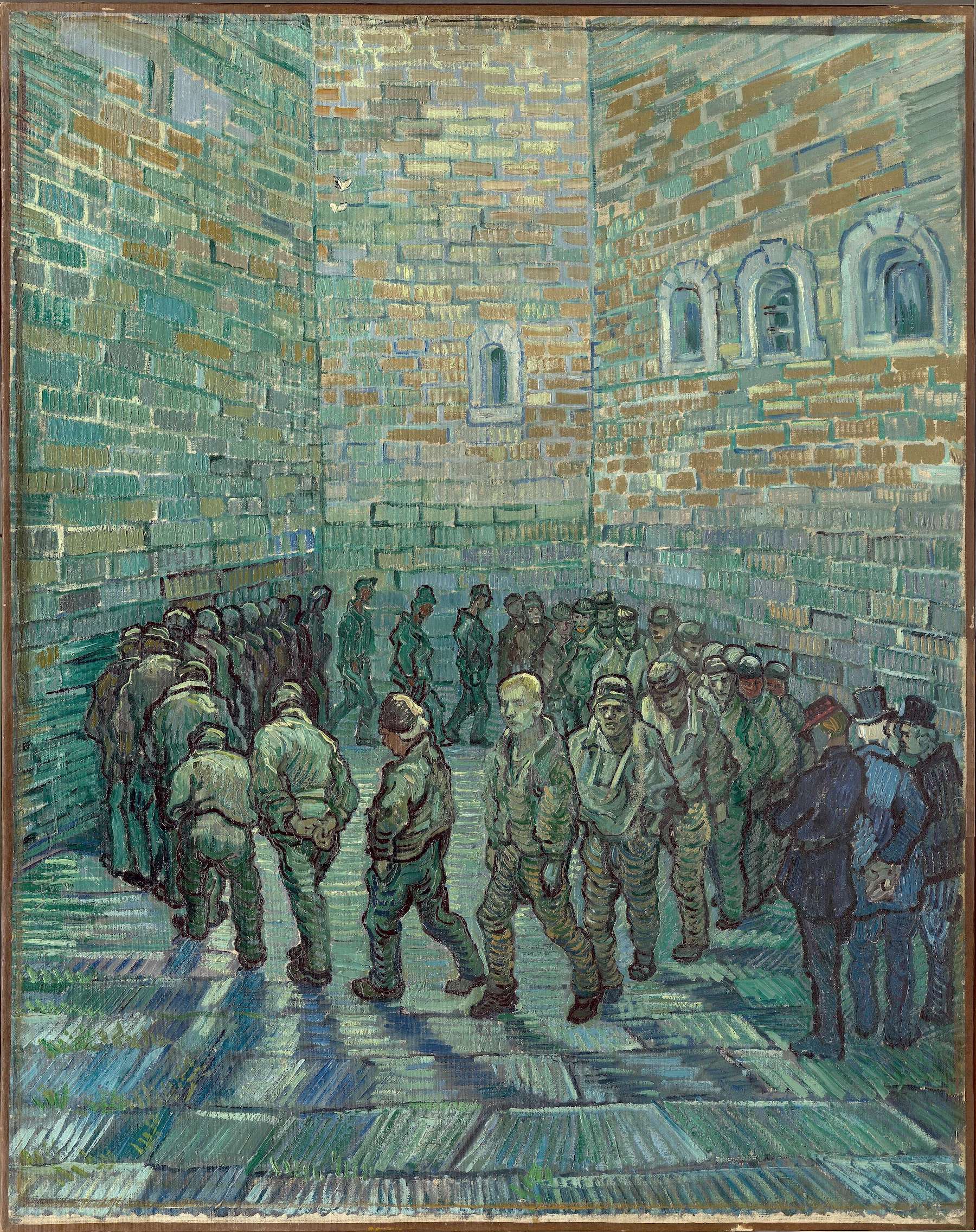
Art Industry News is a daily digest of the most consequential developments coming out of the art world and art market. Here’s what you need to know this Monday, February 28.
NEED-TO-READ
Nelson Mandela’s Prison Paintings Will Be Sold as NFTs – Nelson Mandela’s family is selling NFTs of five vivid watercolors the former South African president created of his cell on Robben Island as well as a handwritten text about his colorful depiction of the harsh island prison. Mandela’s daughter Makaziwe Mandela-Amuah said the works represent the “triumph of the human spirit” and that the sale is a way of democratizing his art. (Guardian)
How Ukraine Is Moving to Protect Its Heritage – Civilians have stepped in to monitor and map Ukraine’s at-risk national heritage in light of the U.S Army’s delayed appointment of a special unit to succeed the Monuments Men of World War II. The army announced the effort more than two years ago, but the program has yet to launch. Corine Wegener, director of the Smithsonian Cultural Rescue Initiative, admitted there had been “growing pains” due to the pandemic. Candidates also reported administrative shortfalls such as lost applications and slow decision-making. (New York Times)
Blockbuster Show of Russian Collection Is Still in Paris – A landmark exhibition of the collection of Russian brothers Mikhail and Ivan Morozov remains on loan at the Louis Vuitton Foundation in France until April 3. The show required a colossal diplomatic effort, including Putin’s personal sign off on the loans. But in light of Russia’s invasion of Ukraine, some are asking whether the French state can and should seize the collection, which includes treasures by Van Gogh, Gauguin, Monet, and Picasso. It is one of the most valuable modern art collections in the world, and hadn’t left Russia since the turn of the 20th century. (Artfix Daily, Le Figaro)
Outcry Over AP’s Offensive NFT – The Associated Press has halted the sale of an NFT of a short video by a photojournalist showing migrants in a raft crossing the Mediterranean after public outcry. It was slated to go up for auction on the agency’s NFT marketplace, with proceeds going to fund the newsroom. Though the agency is non-profit, a spokesperson acknowledged that the imagery by Felipe Dana was “a poor choice” for an NFT. (ARTnews)
MOVERS & SHAKERS
Roman Abramovich Cedes Control of Football Team Fearing Sanctions – The Russian-Israeli oligarch, art collector, and owner of the Chelsea football team has passed on stewardship of the soccer club to the trustees of the team’s foundation in the face of potential sanctions from the U.K. government. Meanwhile, Abramovich is now in Belarus to assist in peace talks, reportedly at the request of Ukraine. (New York Post, Jerusalem Post)
Michael Stipe Is Showing His Outsider Art Collection – R.E.M singer-songwriter Michael Stipe is showing around 30 works from his collection—and selling a select few—at the Outsider Art Fair in New York this week. His holdings include work by Southern outsider artists Howard Finster, Juanita Rogers, and Reuben Aaron Miller. The fair runs from March 3 through 6 at the Metropolitan Pavilion in Chelsea. (New York Times)
Former Christie’s Expert Launches Gallery in Pittsburgh – Lexi Bishop, a former contemporary specialist at Christie’s, is opening a gallery in Pittsburgh, Pennsylvania. Bishop said she chose a city with a relatively minimal art scene—and cheap rent—because so many collectors are now happy to buy online. The gallery opens April 22 with a show by Brooklyn-based painter Rebecca Rau. (ARTnews)
A $45 Million Van Gogh Is Hitting the Block – Van Gogh’s Fields Near the Alpilles (1889), which he made while in an asylum in Arles, will hit the auction block for the first time at Christie’s New York in May. The landscape, which was once owned by Yves Saint Laurent and Pierre Bergé, is expected to bring in around $45 million. (ARTnews)
FOR ART’S SAKE
Landmarks Turn Yellow and Blue in Solidarity With Ukraine – Landmarks around London were lit up in blue and yellow in solidarity with Ukraine over the weekend. The London Eye, Nelson’s Column, and other sites were a rallying point for the thousands of protesters who took to the streets to denounce Russia’s invasion of Ukraine. (Evening Standard)